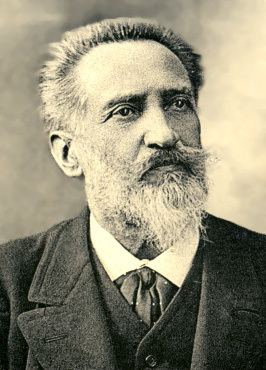Nationality French Fields ethnology | Name Paul Rivet Books Maya Cities | |
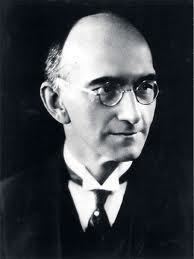 | ||
Parents Pierre Gustave Romain Rivet, Anne-Marie Lajoux Known for Musee de l'Homme, Comite de vigilance des intellectuels antifascistes | ||
Paul rivet levi strauss mpg
Paul Rivet (7 May 1876, Wasigny, Ardennes – 21 March 1958) was a French ethnologist; he founded the Musée de l'Homme in 1937. In his professional work, Rivet is known for his theory that South America was originally populated in part by migrants who sailed there from Australia and Melanesia. He got married with Mercedes Andrade Chiriboga, a woman born in Cuenca, Ecuador.
Contents
- Paul rivet levi strauss mpg
- Baile lista 1 paul rivet
- Early life and education
- Career
- Migration theory
- Books
- References

Baile lista 1 paul rivet
Early life and education
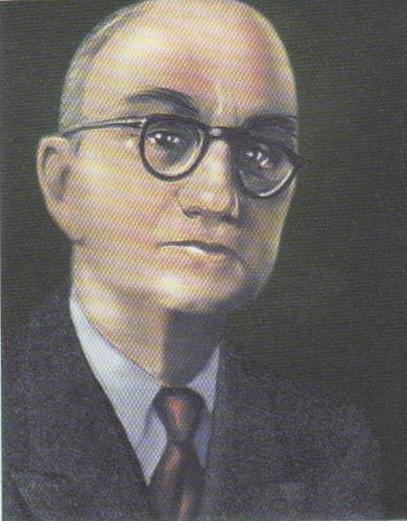
Paul Rivet was born in Wasigny, Ardennes in 1876. He attended local schools and university, studying to be a doctor.
Career
Trained as a physician, in 1901 he took part in the Second French Geodesic Mission for survey measurements of the length of a meridian arc to Ecuador. He remained for five years in South America, where he was mentored by Federico González Suárez, an Ecuadorian bishop, historian and archaeologist. Rivet became interested in the indigenous peoples, beginning an ethnographic study of the Huaorani people of the Ecuadorian Amazon, then known as the Jívaro. Returning to France, Rivet went to work with the Muséum national d'histoire naturelle, directed by René Verneau.
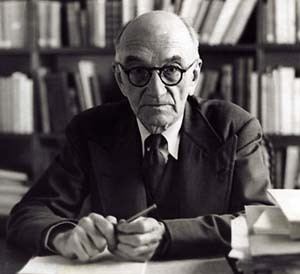
He published several papers on his Ecuadorian research, before publishing an extended volume co-authored with René Verneau, titled Ancient Ethnography of Ecuador (1921-1922). In 1926, Rivet participated in founding the Institut d'ethnologie in Paris, together with Marcel Mauss, Emile Durkheim, and Lucien Lévy-Bruhl. They intended it as a collaboration among the fields of philosophy, ethnology and sociology. He taught many French ethnologists, including George Devereux. In 1928, he succeeded René Verneau as director of the National Museum of Natural History.
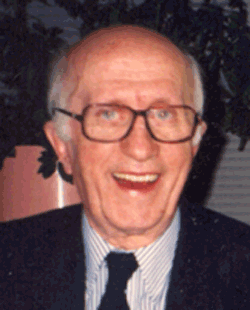
Rivet also became involved in politics, alarmed at the rise of Fascism in Europe during the 1930s. During the 6 February 1934 crisis, he was one of the founders of the Comité de vigilance des intellectuels antifascistes, an antifascist organization created in the wake of massive riots in Paris.
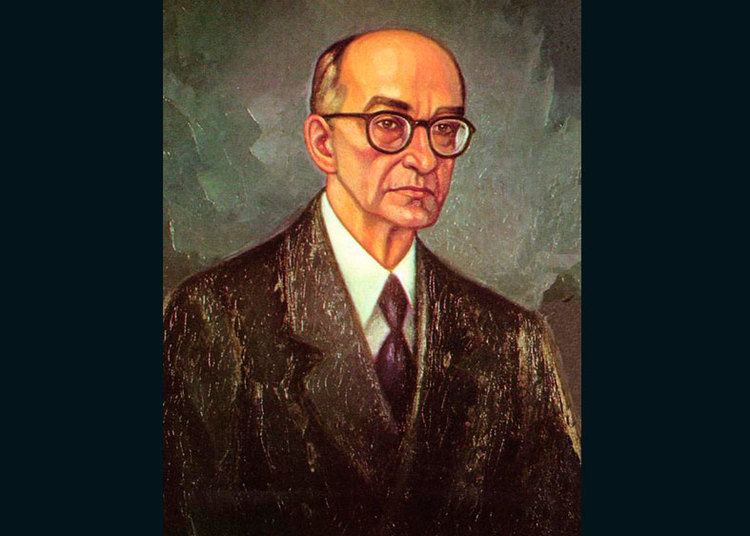
He continued to develop institutions for the study of mankind. In 1937 he founded the Musée de l'Homme in Paris, which became renowned for its ethnographic research and collections. In 1942, Rivet went to Colombia, where he founded the Anthropological Institute and Museum. Returning to Paris in 1945, he continued teaching while carrying on his research. His linguistic research introduced several new perspectives on the Aymara and Quechua languages of South America.
Migration theory
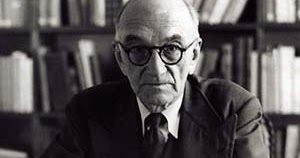
Rivet's theory asserts that Asia was the origin of the Indigenous people of the Americas. But he also suggested that migrations to South America were made from Australia some 6,000 years before, and from Melanesia somewhat later. Les Origines de l'Homme Américain ("The Origins of the American Man") was published in 1943, and contains linguistic and anthropological arguments to support his thesis.
Books
